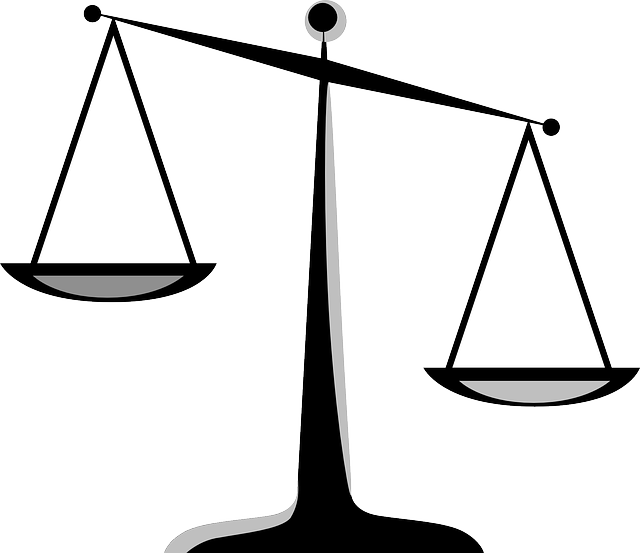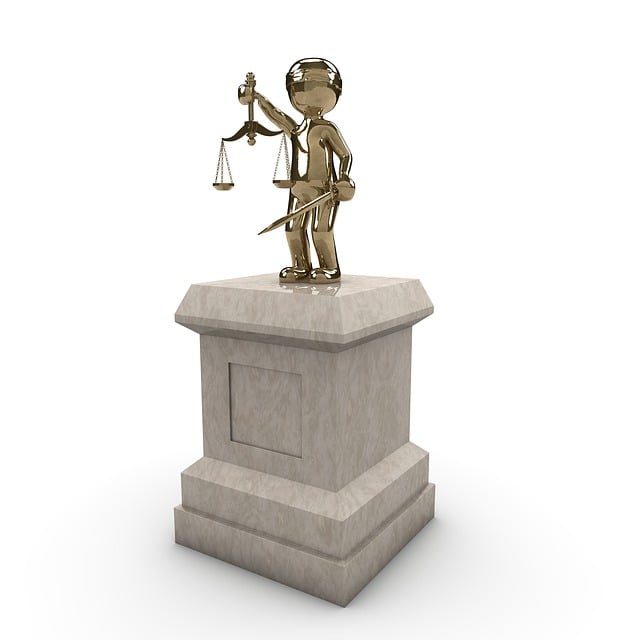The RF Securities Industry Regulation Framework establishes a comprehensive legal structure to prevent and punish fraud, featuring a meticulous Criminal Procedure Timeline from Arrest to Trial. This timeline guides defendants through initial proceedings, bail hearings, investigations, pre-trial motions, and jury selection, balancing strict enforcement with transparency for economic growth and investor confidence. Understanding this process is crucial for navigating financial crime cases in the RF Securities industry.
The RF Securities industry, a cornerstone of global finance, operates under stringent regulations aimed at fostering fairness and transparency. This article dissects the intricate regulatory framework governing RF Securities, focusing on criminal charges, initial proceedings, investigation phases, and courtroom battles. Understanding this process is crucial for investors and professionals alike, offering insights into the timeline from arrest to trial within the context of criminal procedure in this highly regulated sector.
- Understanding RF Securities Industry Regulation Framework
- Criminal Charges: Initial Proceedings and Bail Hearings
- Investigation Phase: Gathering Evidence and Legal Strategies
- Courtroom Battle: Pre-Trial Motions and Jury Selection
Understanding RF Securities Industry Regulation Framework
The RF Securities Industry Regulation Framework is a complex web of laws and guidelines designed to maintain integrity and fairness in financial markets. At its core, this framework aims to prevent and penalize fraudulent activities, ensuring investors’ protection. Understanding this regulatory landscape is crucial, especially for those navigating the often labyrinthine white collar and economic crimes sector. It involves a meticulous criminal procedure timeline from arrest to trial, where various agencies and bodies collaborate to investigate, prosecute, and adjudicate cases involving securities manipulation or fraud.
This regulatory system extends beyond mere criminal defense, encompassing broader general criminal defense principles and considerations. It also reflects the intricate relationship between financial institutions, philanthropic and political communities, and regulatory bodies. By balancing the need for strict enforcement against potential overreach, the RF Securities Industry Regulation Framework strives to foster a transparent and trustworthy environment, essential for sustainable economic growth and investor confidence.
Criminal Charges: Initial Proceedings and Bail Hearings
When individuals within the RF Securities industry face criminal charges, understanding the initial proceedings and bail hearings is crucial in navigating the complex criminal procedure timeline from arrest to trial. After a person is taken into custody, they are typically presented before a magistrate judge for a first appearance hearing, where they are informed of the charges against them and their rights. During this stage, a bond or bail may be set, determining whether the accused will remain in detention or be released pending trial.
The bail hearing process involves presenting evidence related to flight risk, public safety, and the strength of the case. If the judge grants bail, conditions may be imposed, such as regular check-ins with law enforcement, surrender of travel documents, and restrictions on specific activities. An unprecedented track record of successful outcomes in similar cases could influence a defendant’s chances of securing a complete dismissal of all charges, benefiting both the individual and the philanthropic and political communities alike by ensuring fairness within the legal system.
Investigation Phase: Gathering Evidence and Legal Strategies
During the Investigation Phase of RF Securities Industry Regulation, authorities meticulously gather evidence and develop legal strategies. This crucial step mirrors a well-orchestrated dance in criminal procedure, beginning from the moment of arrest to trial. The process involves sifting through financial records, analyzing trading patterns, and interviewing key personnel within the respective business. Law enforcement agencies and regulatory bodies work hand-in-hand to ensure every thread of evidence is unraveled, following a strategic timeline that respects due process.
This phase is pivotal in shaping the narrative for all stages of the investigative and enforcement process. Skilled legal teams employ various tactics to challenge the prosecution’s case, aiming for winning challenging defense verdicts. By understanding the Criminal Procedure Timeline From Arrest to Trial, defendants can navigate this intricate maze more effectively, ultimately protecting their respective business interests and ensuring a fair outcome.
Courtroom Battle: Pre-Trial Motions and Jury Selection
In the RF Securities Industry Regulation landscape, a courtroom battle often sets the stage for what’s to come in a case involving financial crimes. Pre-trial motions are a crucial part of the criminal procedure timeline from arrest to trial. Here, legal strategists wield their weapons—motions to suppress evidence, challenges to jurisdiction, or requests for discovery—in an attempt to shape the narrative before it reaches the jury. This strategic phase is pivotal, as it can determine the admissibility of key pieces of evidence and set the tone for public perception.
Jury selection, another critical component, ensures that the process of justice is fair and representative. Across the country, winning challenging defense verdicts hinges not just on the strength of arguments but also on the jury’s ability to navigate complex financial issues. The courtroom becomes a microcosm of society, reflecting the diverse perspectives needed to reach an unbiased decision. This meticulous dance of legal tactics and procedural steps underscores the intricate nature of securing justice in the RF Securities Industry Regulation arena.
The regulation of the RF securities industry is a complex process designed to protect investors and maintain market integrity. From initial criminal charges to a courtroom battle, understanding the regulatory framework, including key stages like arrest, investigation, pre-trial motions, and jury selection (as per the criminal procedure timeline), is essential for all stakeholders. By navigating these phases effectively, practitioners can ensure fairness, safeguard client rights, and contribute to a robust, trustworthy securities market.






